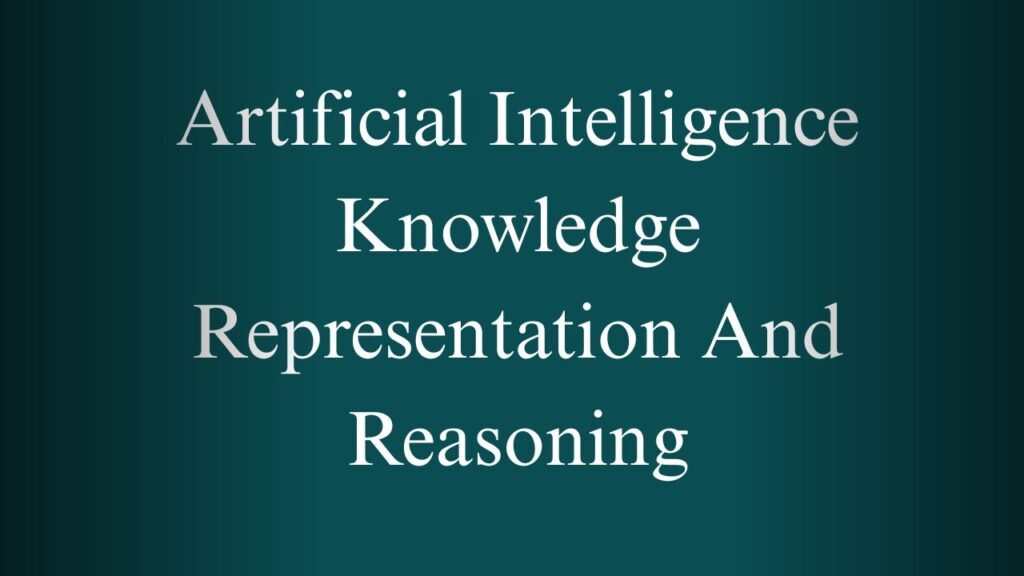NPTEL Effective Writing Week 1 And 2 Assignment Answers 2025
1. “Some books are to be tasted, others to be swallowed…” — Who has given the above statement?
a) Thoman Carlyle
b) John Dryden
c) Francis Bacon ✅
d) Charles Lamb
Explanation:
This quote is from Francis Bacon’s essay “Of Studies.” He metaphorically describes how different books should be read with varying levels of attention — some just glanced at, some read thoroughly. Hence, the correct answer is Francis Bacon.
2. According to Shannon’s model of the Communication process, which of the following refers to the amount of uncertainty in a message?
a) Channel
b) Transmission
c) Medium
d) Entropy ✅
Explanation:
Entropy in Shannon’s model refers to the degree of uncertainty or unpredictability in a message. The more uncertain or varied the message, the higher the entropy.
3. What does Noise in Shannon’s model of the communication process refer to?
a) Unwanted Distortion ✅
b) Unwanted Risks
c) Transmission Risks
d) Positive Function
Explanation:
Noise is anything that interferes with the accurate transmission or reception of a message, such as background sound, static, or distractions. It’s an unwanted distortion.
4. Which of the following skills cannot be achieved by effective writing?
a) Planning
b) Listening ✅
c) Reasoning
d) Reading
Explanation:
While writing can enhance skills like planning, reasoning, and reading, it cannot directly improve listening, which is an aural skill.
5. What according to Francis Bacon’s quote can writing convert a person into?
a) A full man
b) A ready man
c) An exact man ✅
d) A confused man
Explanation:
Francis Bacon said: “Writing maketh an exact man.” Writing helps in developing clarity and precision in thought and expression.
6. Steven Pinker describes the “curse of _______________” as a major reason why good people write bad prose.
a) Knowledge ✅
b) Power
Explanation:
The “curse of knowledge” means that once someone knows something well, they find it difficult to imagine what it’s like not to know it. This leads to writing that may be confusing for others.
7. The ____________ formula emphasises simplicity in writing, ensuring clarity and brevity.
a) MISS
b) KISS ✅
Explanation:
KISS = Keep It Simple, Stupid. It’s a principle that encourages writers to keep language clear and concise, avoiding unnecessary complexity.
8. Lack of _____________ in writing defeats the purpose and obscures the intended meaning.
a) Clarity ✅
b) Obscurity
Explanation:
Writing without clarity is ineffective. If the message is not clear, the reader may misunderstand or lose interest.
9. The phrase “neither … nor” in subject-verb agreement requires the verb to agree with the __________ subject.
a) Nearest ✅
b) Farthest
Explanation:
In “neither…nor” constructions, the verb should agree with the subject closest to it.
Example: Neither the students nor the teacher is responsible. (verb agrees with “teacher”)
10. Verbs of perception such as “see,” “hear,” “smell,” and “taste” do not typically take ________ forms.
a) Perfect
b) Progressive ✅
Explanation:
Perception verbs are stative, meaning they describe a state, not an action. Hence, they are not usually used in progressive form unless to express a temporary or intentional action.
NPTEL Effective Writing Week 2 Assignment Answers
1. Which of the following are the sources of ambiguity in writing?
a) Ellipsis ✅
b) Active constructions
c) Split infinitives
d) Unusual words ✅
Explanation:
- Ellipsis (omission of words) can create confusion if the meaning isn’t clear.
- Unusual or rare words may not be understood by all readers, leading to ambiguity.
- Active constructions and split infinitives typically don’t cause ambiguity and are grammatically acceptable.
2. Which of the following sentences are examples of inversion for emphasis?
a) So nicely did she do the work that everybody started liking her. ✅
b) Hardly he had arrived at the station when the train left.
c) The girl danced beautifully in the concert.
d) To such an extent did he go to get his work done. ✅
Explanation:
- Inversion is a stylistic form where the usual word order is reversed, often for emphasis.
- Sentence (a) and (d) clearly use inverted structure for emphasis.
- Sentence (b) is incorrect because it should be: “Hardly had he arrived…”
3. Which of the following are modal auxiliaries?
a) Shall ✅
b) Be
c) Might ✅
d) Was
Explanation:
- Modal auxiliaries express ability, possibility, permission, or obligation (e.g., shall, might, can, must).
- Be and was are auxiliary verbs, but not modals.
4. Which of the following are important elements of effective essay writing?
a) Ambiguity and brevity
b) Use of figurative language only
c) Incorporating facts and data ✅
d) Starting with rhetorical questions ✅
Explanation:
- Good essays often begin with rhetorical questions to engage the reader and use facts/data to support arguments.
- Ambiguity weakens clarity, and figurative language alone is not sufficient.
5. What are the essential steps in academic writing?
a) Researching and evaluating information ✅
b) Avoiding impersonal language
c) Organizing and arguing effectively ✅
d) Ignoring others’ arguments
Explanation:
- Academic writing requires well-researched content and a clear argument structure.
- It is usually impersonal and should consider counterarguments, not ignore them.
6. Using unusual words or double-meaning phrases enhances clarity in effective writing.
a) True
b) False ✅
Explanation:
Unusual words and double meanings often cause confusion, not clarity. Clear and familiar vocabulary is preferred in effective writing.
7. The pronoun “one” in British English should always be followed by “one.”
a) True ✅
b) False
Explanation:
In British English, consistency is key. If a sentence starts with “one” as a pronoun, follow it up with “one’s” rather than switching to “his/her”.
Example: One should mind one’s manners.
8. A good thesis statement should blend several ideas into one or two sentences while clarifying the author’s stance on the topic.
a) True ✅
b) False
Explanation:
A strong thesis statement summarizes the main argument in a concise way, combining multiple ideas clearly and briefly.
9. Imaginative essays are based on the writer’s previous experiences and aim to convey facts.
a) True
b) False ✅
Explanation:
Imaginative essays are creative and not fact-based. They focus on fictional ideas or scenarios, not necessarily on past experiences or factual accuracy.
10. Footnotes in academic writing are less detailed than the references section.
a) True
b) False ✅
Explanation:
Footnotes often contain additional detail or commentary that may be more specific than what’s listed in a standard references section. They provide clarity and context, not just citations.



